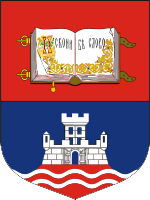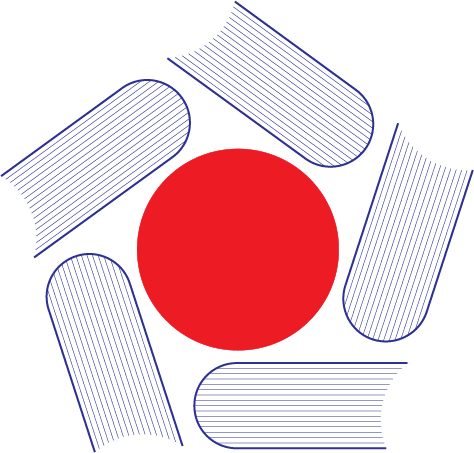

+381(11)3555258
office@imsi.bg.ac.rs
Danijela Lukovic Golic

PhD in Materials Science
Research Associate Professor
Department of Materials Science
Address: Volgina 15, 11060 Belgrade, Serbia
Telephone: (+381) 11 2085 037
Links:
ORCID ID: 0000-0003-0860-3925
Scanning electron microscope (TESCAN Vega TS 5130 MM), Hydro/Solvothermal reactor (Roth Karlsruhe), Multiferroic test system (Precision Multiferroic – Radiant Technologies, Precision Materials Analyzer), Instrument for electrical characterization (source measure unit Keithley 237).
1.Work experience:
2.Education:
3.Other professional activities
Memberships:
Past:
University of Belgrade
Institute for Multidisciplinary Research
Kneza Višeslava 1, 11030 Beograd
(+381) 11 3555-258